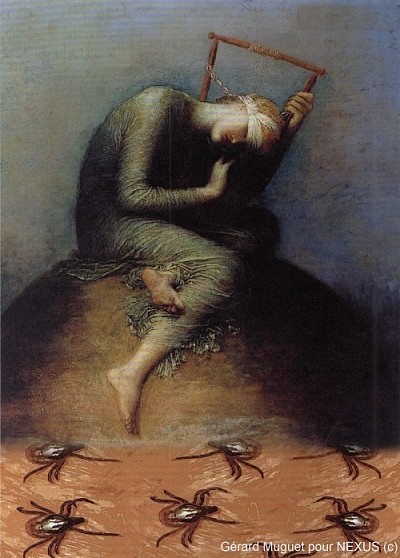Kenneth Liegner is physician from Pawling. He treats many patients with Lyme disease.
http://www.poughkeepsiejournal.com/article/20120822/OPINION04/308220005/Valley-Views-Major-initiative-needed-fight-tick-borne-infections?odyssey=mod|newswell|text|PoughkeepsieJournal.com|s
Valley Views: Major initiative needed to fight tick-borne infections
11:11 PM,
Aug 21, 2012
|
To read the Journal’s recent investigative series on Lyme disease, go to http://www.poughkeepsiejournal.com/section/watchdog
We are but 40 years into Lyme disease, a complex infection by another spirochetal organism, B. burgdorferi, more genetically complex than even the wily Treponema pallidum.
Recently in the scientific journal “PLoS ONE,” Monica Embers and her group reported isolation of viable Lyme spirochetes in Rhesus monkeys which had been infected with Borrelia burgdorferi organisms and treated with oral and intravenous antibiotics used to treat Lyme disease in humans. Antibody responses, which were strong initially, waned and became negative in some animals despite ongoing active infection. Clinicians caring for patients with Lyme disease have observed similar phenomena. Lyme spirochetes were grown from the cerebrospinal fluid of my patient Vicki Logan at the Centers for Disease Control in Fort Collins, Colo., in 1991 despite prior treatment thought more than adequate to cure the infection.
Lyme disease, a true, not false, epidemic, continues to spread throughout the populace. By total numbers of cases, New Yorkers have been more heavily impacted by this tick-borne scourge than citizens of any other state in the nation. All strata of society are being seriously affected, including children. Many ill with Lyme disease have had their lives derailed. With the passage of time and without proper treatment, the condition worsens and can result in progressive debilitation and disability. Unable to work or pay taxes, such individuals may end up drawing disability benefits. Their illnesses are a financial burden to themselves, their families, private health insurers and, through Medicare SSI and Medicaid, to state and federal governments.
It is in the interests of all for a major initiative to be undertaken within the State of New York concerning Lyme disease and other tick-borne illnesses. Ehrlichiosis, anaplasmosis, babesiosis (and, arguably, tick-transmissible bartonellosis) pose grave threats to our citizenry.
Development and implementation of effective means of controlling tick populations over broad geographic areas is crucial. The “4-Poster” is one promising technology that could be more widely deployed.
Development of a reliable direct detection method that can quantitate “borrelial load” is essential to allow early diagnosis and to monitor the effectiveness of treatment.
We could have more effective treatments for Lyme disease than those currently available. Although antibiotics seem to be the most effective means of treatment currently available, they may not guarantee “cure” and other more innovative treatments could be developed that reliably eradicate the infection, including in intra-cellular locations and other protected niches.
Neuropathologist Andrew Dwork of the New York State Psychiatric Institute, in collaboration with Dr. Brian Fallon at Columbia University’s Lyme and Tick-borne Diseases Research Center, could spear-head development of a cutting-edge pathologic laboratory using the special methods necessary for the study of Lyme disease and other tick-borne infections in human tissues.
The New York State Department of Health’s Infection Control course, which physicians and other health care professionals are required to take every four years, could readily incorporate a section dealing with tick-borne infections.
Funding for this “Manhattan Project” for tick-borne infections could come from public-private collaborations, foundations, public donations and general revenues. In the long run it should prove “cost-effective” and redound to the credit of the state for its vision and commitment to the health and well-being of its citizens.
Most problems have solutions, but in order to address them, they must be acknowledged. If we could put a man on the moon, we can solve the problems posed by Lyme disease and other tick-borne infections. We just need the will to do so.
